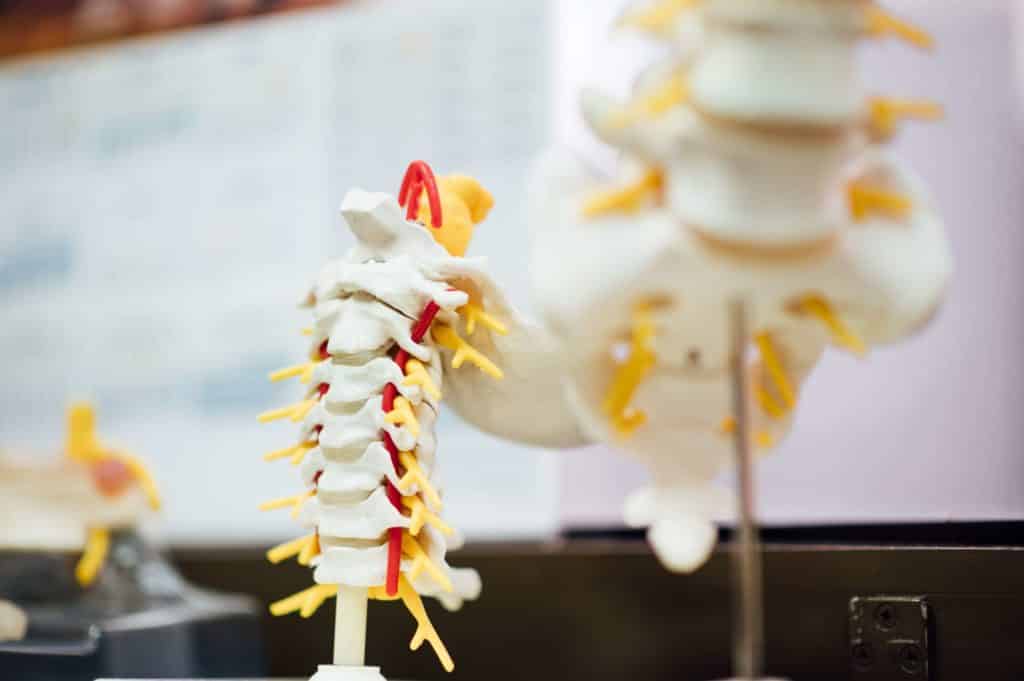What is Hydromyelia, and how does it affect you?
Hydromyelia is a medical disorder where the intraspinal cavity widens, or the central spinal canal dilates significantly. The primary region of affectation is the central canal of the spinal column, which results in increased pressure owing to fluid collection.
This disorder is often mistaken with syringomyelia, or the two are contrasted. On the other hand, the following situations are distinct from one another yet are related in certain respects. The disorder is reported to be linked to Chiari Malformation II birth abnormalities and Dandy-Walker syndrome, a complex congenital brain malformation. Klippel-Feil syndrome and neuropathic joint disease are two more disorders that are closely connected.
As the condition progresses, this hole becomes more significant, producing severe nerve fiber destruction and a variety of symptoms. Muscle stiffness and weakness, as well as extreme pain, are common symptoms of Hydromyelia. There is also a sensory change in which the patient loses the capacity to tell if something is hot or cold. The intensity of Hydromyelia symptoms increases with time and differs from person to person. The severity of the symptoms is determined by the location of the syrinx and the extent to which it has expanded and swollen. If Hydromyelia is discovered, it must be treated as soon as possible to prevent future, possibly significant neurologic problems. Hydromyelia is more common in men than females and affects people between 20 and 30.
What Is the Cause of Hydromyelia?
What causes this? Hydromyelia is still under investigation, even though a blockage virtually always causes it in the flow of the cerebrospinal fluid, a fluid that protects the brain and spinal cord. When the CSF flow is impeded, the CSF builds up, creating distention of the spinal cord, which puts pressure on the nerves, resulting in symptoms. Hydromyelia may be present at birth or appear later in adulthood, and it’s commonly split into two categories.
- Congenital Hydromyelia: This kind of Hydromyelia has been present from birth and is linked to a medical disorder called Arnold Chiari malformation. The brain tissue spreads into the spinal cord in this kind of Hydromyelia, restricting CSF flow.
- Hydromyelia that develops due to a medical disease: such as a tumor or a spinal cord injury, is known as acquired Hydromyelia.
The following medical conditions may also cause Hydromyelia:
- Scoliosis is a medical disorder in which the spine has a curvature that causes it to seem crooked.
- Klippel-Feil Syndrome is a medical disorder in which the neck vertebrae are fused at birth, restricting mobility.
- Injury to the spinal cord.
- Following a spinal injury, an infection develops.
- The creation of a mass or tumor in the spinal cord. This may obstruct the correct passage of spinal fluid.
Symptoms of Hydromyelia
Some people may be asymptomatic. However, isolated instances have been reported. Patients with Hydromyelia might have the following signs and symptoms:
- Neck numbness is a common symptom. Such a disease contributes to considerable pain or discomfort, and the sense of heaviness is a common complaint among those afflicted.
- There is a tingling feeling, which is a sign of paresthesia.
- There is a lack of sensation.
- Headaches that don’t go away.
- Walking and ambulation are difficult. This might be the result of limb paralysis.
- Incontinence of the bowels and bladder.
- Intracranial hypertension, or increased intracranial pressure.
- Visual disruptions and alterations.
- You may have trouble with your speech.
Hydromyelia’s Diagnosis
Neurological examinations and imaging investigations of the nerve system are used to diagnose Hydromyelia. A neurological exam will reveal the patient’s loss of upper extremity feeling, balance issues, weakness, changes in gait and walking difficulties, and altered reflexes. The diagnosis of Hydromyelia may be confirmed if these symptoms are identified and verified to be present in the patient.
Electromyography is done to examine the client’s musculoskeletal condition, and this also evaluates muscular strength and quickness in response to nerve stimulation. However, one test, the MRI scan or magnetic resonance imaging scan/test, notably CINE MRI, is regarded as the most important diagnostic tool for Hydromyelia.
This examination will show the current flow of cerebrospinal fluid in the spinal cord. This scan is similar to a regular MRI scan, and however, it includes a heart rate analysis. Heartbeats will guide the flow of the CSF. The MRI equipment will provide pictures that reveal whether or not CSF flow is sufficient.
What is the Treatment for Hydromyelia?
The severity and course of the illness and the severity of the symptoms will determine how Hydromyelia is treated. Whether the disease (Hydromyelia) is entirely asymptomatic, the doctor may propose that the patient be monitored with repeated MRIs to see if the disease progresses and that no therapy be given.
If the symptoms of Hydromyelia are unpleasant to the patient, surgery is the primary treatment option. The major goal of the Hydromyelia surgical surgery is to reduce the pressure that the cysts are placing on the spinal cord and restore normal CSF flow. The cause of Hydromyelia will determine the kind of surgery necessary. The following are some of the surgical procedures performed:
Surgery for Arnold-Chiari Malformation: If this condition causes Hydromyelia, a procedure called posterior fossa decompression is performed, in which the surgeon removes a small amount of bone from behind the skull to allow the brain to expand and relieve pressure on the brain and spinal cord, effectively treating both conditions.
Draining the Cyst: The surgeon inserts a shunt with a tube and a valve with one end of the line linked to the cyst and the other end attached to another body region. Generally, the abdomen and the fluid are drained from the cyst using this shunt.
Removal of Obstruction: If a tumor or abnormal growth prevents the CSF from flowing normally, cancer must be removed to restore normal CSF flow and enable the fluid from the cysts to drain.
If a tethered cord is causing Hydromyelia, fixing the anomaly helps restore normal CSF flow, empty the fluid from the cyst, and alleviate the symptoms associated with Hydromyelia.


